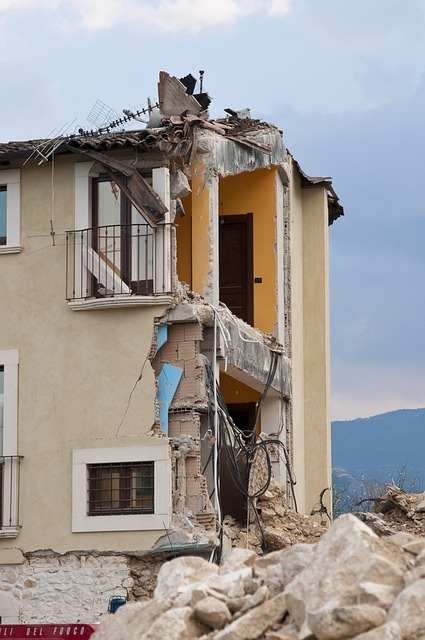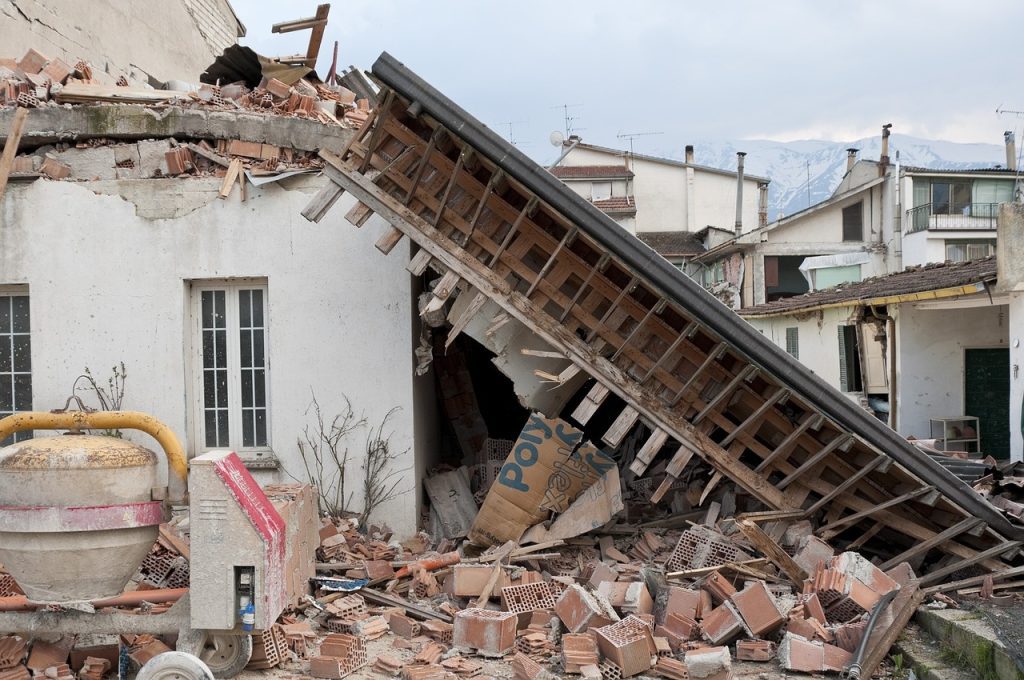earthquakes
Strong tremors have struck many countries despite the absence of significant earthquakes (7.0 or higher) in the recent past. Here is a more in-depth look at some of these new earthquake sports:
Table of Contents
Japan: An earthquake off Honshu’s coast
Date and time
Date: May 30, 2024
Time: 03:31 UTC (11:31 JST)
Magnitude
Magnitude: 5.2
Location
Its magnitude is 5.2, and it’s offshore, about 85 km north of Toyama City in Honshu, Japan.
Impact
Reports say that this earthquake didn’t cause any fundamental damage or deaths. However, the threat of aftershocks persists, prompting people to remain vigilant.
Expert Thoughts
Dr. Kenji Yamamoto, a seismologist at the Japan Meteorological Agency, stated this about the earthquake: “An important 5.2 earthquake is quite small; however, human beings need to be ready for feasible aftershocks.” Our tracking tools closely monitor the area for any similar activities.
United States: Southern California Earthquake
Date & Time
Date: May 28, 2024 • Time: The slight tremor makes it hard to give exact times.
Magnitude
Magnitude:: 4.1
Location
Exact Location: Southern California (exact location details are limited)
Effects
This earthquake didn’t do much damage or hurt many people because it was so small.
As a geophysicist for the US Geological Survey (USGS), Dr. Emily Johnson said, “A 4.1-magnitude earthquake is considered light, but it serves as a reminder of how common earthquakes are in Southern California.” Most of the time, people should have a backup plan ready.


Indonesia: Banda Aceh Earthquake
Date & Time
Date: June 1, 2024 • Time: Not many reports give exact times.
Magnitude
Magnitude: 3.1
Location
- Exact Location: Near Banda Aceh
Tremors this big probably won’t have significant effects, and so far, no damage or injuries have been recorded.
Advice from experts
Dr. Agus Setiawan from the Indonesian Institute of Sciences said, “Because Indonesia is in the Pacific Ring of Fire, it is prone to normal earthquakes.” Even small earthquakes like this one tell us how important it is to stay alert and ready at all times.
Staying Informed
For those interested in staying updated on earthquake activity, the following resources provide comprehensive details and real-time updates:
United States Geological Survey (USGS) Earthquake Hazards Program: USGS Earthquakes
Japan Meteorological Agency (JMA): Japan Meteorological Agency
University of Utah Seismograph Stations: University of Utah Quake Map
These platforms offer detailed information on recent earthquakes, including location, magnitude, depth, and any relevant alerts or warnings.
Understanding Global Earthquake Activity
Earthquakes happen worldwide, and most of the time, they don’t do much damage. However, knowing how to do the right thing and maintaining an eye on it are critical for being ready and reducing risks. Locations like the Pacific Ring of Fire are known to experience a variety of earthquakes due to the formation of their rocks.
Quote from Seismologist
“Communities in seismically energetic areas need to have robust preparedness plans,” said Dr. Laura Thompson, an expert in earthquake protection. Simple steps to ensure safety, like having a get-away kit and practicing earthquake drills, could make a huge difference.
The Importance of Earthquake-Resistant Infrastructure
One of the first-class ways to reduce the effects of earthquakes is to spend money on constructing things that could stand up to them. Construction of earthquake-resistant buildings, bridges, and other essential infrastructure can significantly decrease the number of fatalities and damage. Critical parts of building resilient systems are engineering methods such as base isolation, flexible utility hyperlinks, and substances that soak up surprise. Making older buildings more secure by updating them to meet present-day earthquake requirements is another way to enhance the protection of modern infrastructure.
Japan’s Seismic Innovations: A Case Study
Japan has long been on the cutting edge of earthquake-resistant buildings, thanks to its love of them. After the deadly Great Hanshin Earthquake in 1995, the state established strict building rules and better engineering solutions. High-rise buildings often use base isolation. This lets them move correctly during an earthquake, reducing damage to the structure. Recent tremors have demonstrated the effectiveness of these improvements, underscoring the importance of global acceptance and development of these technologies.
Engaging the community in earthquake preparedness is crucial
While modern infrastructure is a big part of lowering the risk of earthquakes, network readiness is just as important. Public school campaigns and regular earthquake drills help people know what to do in case of an earthquake. Simple things like locking up heavy fixtures, making break-out plans, and understanding that the most secure places are in your home or workplace can save lives. When an earthquake happens, schools, workplaces, and neighborhood governments must work collectively to ensure everyone has the abilities and equipment they need to deal with it correctly.
Looking ahead
As towns grow and more people flow into regions susceptible to earthquakes, it becomes even more critical to be prepared for them and build systems that can withstand them. To make the sector more resilient, we want to preserve analysis, make technological progress, and educate people. By promoting a preparedness mindset and investing in robust infrastructure, societies can effectively manage the challenges of inevitable earthquakes, thereby preserving lives and property.


Amjad Mustafa, the owner and author of Keen2Know, is a highly qualified individual with strong experience in technical engineering. He is an experienced professional with a variety of business, technology, and car knowledge. His academic background prepared him for a diverse career and established him as a prominent figure at the intersection of these rapidly evolving industries.



